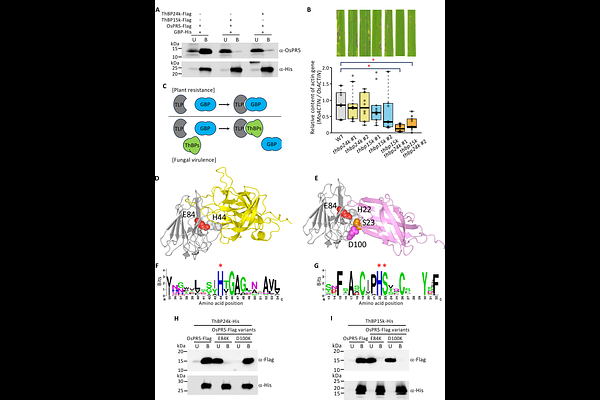Multipartite coevolution shapes plant apoplastic immunity against rice blast fungus

Multipartite coevolution shapes plant apoplastic immunity against rice blast fungus
Takeda, T.; Shimizu, M.; Kodan, A.; Utsushi, H.; Kanzaki, E.; Natsume, S.; Imai, T.; Oikawa, K.; Abe, A.; Terauchi, R.
AbstractBeta-1,3-glucan-binding proteins (GBPs) play crucial roles in cell wall integrity, host-pathogen interactions, and stress responses in fungi, making them essential for fungal survival and virulence. Here, we show that a GBP of the causal agent for blast fungus, Magnaporthe oryzae, is involved in multipartite coevolutionary arms race with rice (Oryza sativa). The rice thaumatin-like pathogenesis-related protein 5 (OsPR5) binds to M. oryzae GBP and sequesters it from the fungal cell wall to confer immunity, but this interaction is counteracted by thaumatin-binding proteins secreted by the fungus to suppress apoplastic immunity. Moreover, a rice receptor kinase located at the cell surface has evolved a thaumatin-like domain to detect the fungal GBP and activate immunity. Our findings reveal that GBPs and thaumatin-domain-containing proteins are engaged in intricate coevolutionary dynamics in the rice apoplast. Given the conservation of thaumatin across plants, we propose a general defense mechanism against fungal pathogens.